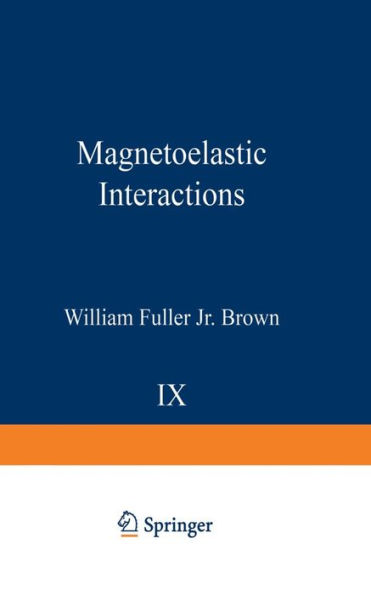The modern theory of ferromagnetic magnetization processes has from the beginning recognized the importance of magnetoelastic inter actions. Most of the magnetoelastic calculations, however, have been basecl on the theory developed by R. BECKER and others in the early 1930's. That theory has several defects; how to remedy them is the subject of this monograph. I first became aware of the shortcomings of the traditional theory thru a critical study of electric and magnetic forces, which I undcrtook as a member of the COULOMB'S Law Committee of the American Association of Physics Teachers. My conclusions were published in 1951 in the American 10Z/rnal of Physics; an application of them to a problem in magnetostriction was published in 1953 in Reviews oflvlodern Physics. With the development, in 1956, of the "nucleation field" theory of micromagnetics, the need for a systematic and self-consistent theory of magnetoelastic interactions became more pressing. The traditional theory predicted that the nucleation field should differ negligibly from that of a rigid body; but my 1953 magnetostriction calculation suggested that terms omitted in that theory might be important. In the academic year 1963/64, 1 was finally able - thanks to a sabbatical furlough - to find the time needed for systematic development of a basic theory of magnetoelastic interactions in a ferromagnet.



